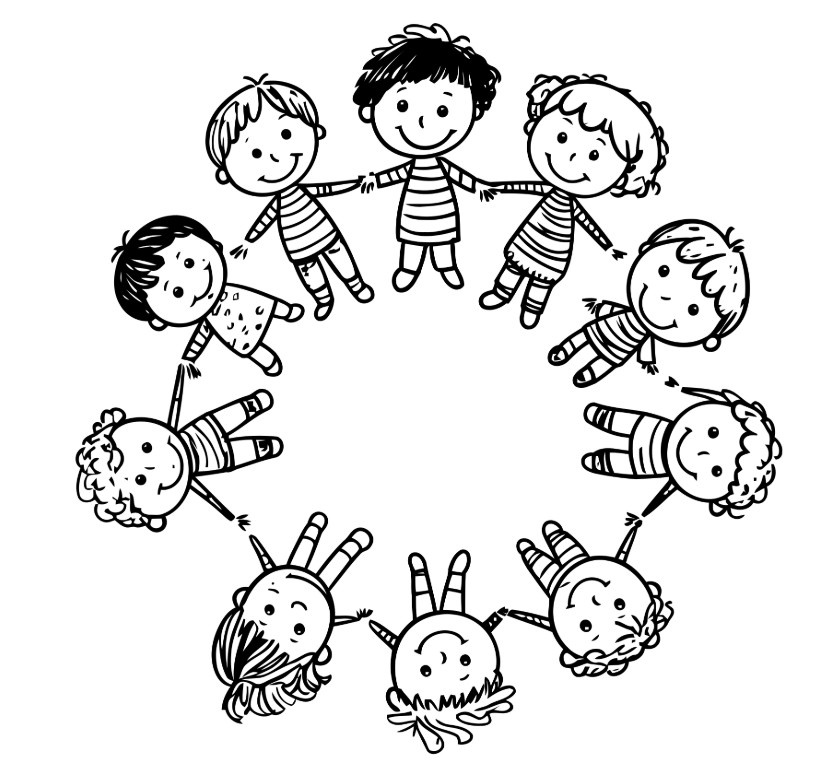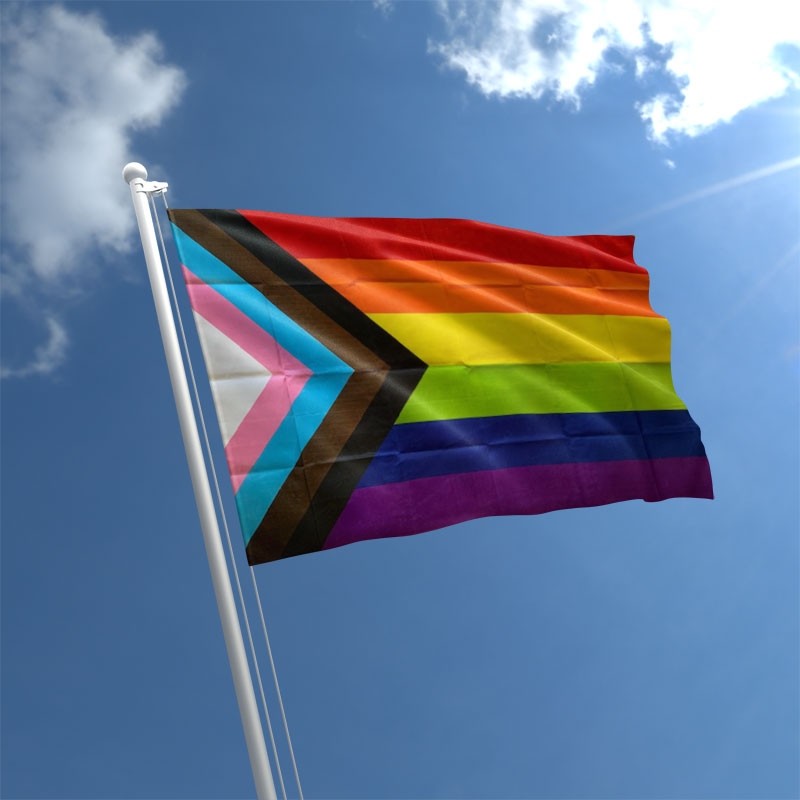Nurturing a Gender Inclusive Environment
Written by Julie Bisnath, BSW RSW
Preface: I’ve been thinking a lot lately about gender identity and gender inclusive child care. I’ve done a lot of reading and learning, over the last few years especially, and I’ve also been reflecting on some of my experiences working with adults and youth who have struggled with fear and guilt and shame around understanding and expressing their own gender identity. I know that if some of these individuals had had even just one adult in their early lives who provided a safe and supportive place to explore gender it would have had a lasting impact. To have had an adult read a book about gender diverse children, be open to the idea of using new pronouns, or speak out against traditional gender norms and stereotypes might have helped to counter the many negative messages they later internalized as feelings of shame, of not belonging, and of not being worthy.
Today I share with you some ideas and resources to hopefully inspire you to learn more and to reflect upon your own inclusive practices. If you have a great resource or comment to share please send it to me at julie@ccprn.com. I am learning too. When we know better, we do better.
Together in caring ❤ Julie (she/her) ______________________________________________________________________________________________
It’s never too early (or too late!) to talk about gender and to promote the healthy development of gender identity and expression. Children begin to develop a sense of their overall identity at around age 2 and need to be able to express themselves freely through their play, clothing, hair, friend, and toy choices without judgment or expectation—without having to fit into either a “girl” or “boy” pre-set check box. Noticing a variety of gender creative behaviours in early childhood isn’t new—young children are drawn to explore and experiment through play. This is a completely normal and healthy part of development and does not automatically imply that a child will eventually self-identify as transgender. What has changed (and is changing) is how we as adults understand the broader concept of gender as more than the binary categories of man/male and woman/female. And more importantly, how we use that understanding to provide a safe and nurturing space for children to explore and develop their identities while we work to dismantle traditional gender stereotypes.
Still,–it’s a work in progress. There are new and evolving ideas to learn, new words to understand, and new pronouns to use. For some, this is already second nature, but for others it’s a steep and challenging learning curve. What’s most meaningful, is that we make the choice to learn and grow and change—to be open to new ideas and to actively reflect upon our own beliefs, attitudes, biases, and assumptions.

Nurturing a gender inclusive environment:
Learn more: Understand and familiarize yourself with the broader concept of gender as multifaceted—often described as a diverse and/or fluid spectrum. For many people, the sex assigned to them at birth aligns well with how they feel about themselves on the inside. Other people might feel a partial alignment or no alignment at all.
Some useful terms–adapted and/or cited directly from genderspectrum.org and/or caringforkids.cps.ca:
Sex at birth: When children are born, the sex “male” or “female” is determined based on external genital organs. A child who has a penis is said to be male. A child who has a vulva is said to be female. In rare cases, a child is born with external genital organs that are not clearly male or female — referred to as an intersex child. A person’s assigned sex at birth might or might not match their gender.
Gender identity: Gender identity is the deeply held, internal sense of self “who you know yourself to be”. It is important to know that gender identity often exists on a spectrum. A person’s gender identity can be male, female, both, neither, a combination of, or something different altogether. It can also be fluid–some people have a gender or genders that change. Genderfluid people move between genders, experiencing their gender as something dynamic and changing, rather than static.
Non-binary: An umbrella term for gender identities that are not exclusively masculine or feminine.
Gender expression: This is how you express your gender to others, whether through behaviour, clothing, hairstyle, the name you choose to go by, etc. Words to describe someone’s gender expression could be “masculine,” “feminine,” “androgynous”, etc.
Transgender: When a person’s gender identity is not the same as their sex at birth, they may be referred to as “transgender” (often shortened to “trans”). For example, a child born with female genital organs may say that they identify as a boy. A child may also say that they are not a boy or a girl, but just “themselves” because they don’t want their sexual characteristics to define who they are. Indigenous people may use the term “two-spirit” to represent a person with a combination of masculine and feminine characteristics.
Gender dysphoria: Describes the level of discomfort or suffering that can exist when there is a mismatch between sex at birth and gender identity. Some transgender children experience no distress about their bodies, but others may be very uncomfortable with their sex at birth. This distress can be more obvious as puberty begins and the body starts to change.
General online resources for learning more about gender:
- Gender Spectrum—Understanding Gender
https://genderspectrum.org/articles/understanding-gender
- Genderbread—Breaking Through the Binary: Gender Explained Using Continuums
Once you feel comfortable, or to help you better understand the broader context, explore some of the more in-depth articles and resources specific to gender identity and early childhood:
- Caring for Kids—Gender identity:
https://www.caringforkids.cps.ca/handouts/behavior-and-development/gender-identity
- Gender Spectrum—Talking to Young Children about Gender
https://genderspectrum.org/articles/talking-to-young-children
- Gender Creative Kids—Hi Sam: Sensitizing Youth Through Play Pedagogical Guide for Elementary Schools
https://gendercreativekids.com/upload/ressources/Hi-Sam-Pedagogical-Guide_2021-01-28-160844.pdf
- Gender Creative Kids—The You Inside Project and video “Sam’s Story”
https://gendercreativekids.com/programs/the-you-inside-project
- Fondation Jasmin Roy—Inform Children During the Early Childhood Period on Issues Related to Gender, Gender Identity and Gender Expression.
https://fondationjasminroy.com/app/uploads/2018/09/FJRSD-Trans-Fascicule-2-En-3.pdf
- Fondation Jasmin Roy—Social and emotional learning to help children with the process of identity affirmation + videos made for children
Create a safe space: Model inclusive language and behaviour, welcome questions, listen, try not to make assumptions. “Gender-inclusive spaces allow children to easily move between roles or materials commonly regarded as male or female without any gendered expectations or barriers.” (https://www.naeyc.org/resources/pubs/yc/mar2019/exploring-gender-enacting-anti-bias).

- Gender Spectrum—Easy Steps to a Gender Inclusive Classroom
https://genderspectrum.org/articles/easy-steps-to-a-gender-inclusive-classroom
- NAEYC—Tate and the Pink Coat: Exploring Gender and Enacting Anti-Bias Principles
https://www.naeyc.org/resources/pubs/yc/mar2019/exploring-gender-enacting-anti-bias
- Gender Diversity Glossary for Parents by Rowan Renee
https://www.rebekahgienapp.com/wp-content/uploads/2017/09/gender_diversity_glossary.pdf
- Fondation Jasmin Roy—Social and emotional learning to help children with the process of identity affirmation
- The Gender Wheel


Provide gender inclusive books: Children need to see themselves and others reflected in your books. Reading together creates a natural opportunity for encouraging discussion and promoting kindness.
- Parents for Diversity: Books about Gender Identity and Expression
https://www.parentsfordiversity.com/gender-identity
- 17 Books About Gender non-conforming and transgender kids



Challenge gender stereotypes: Speak up and openly discuss gender stereotypes–with children and with adults too. Be kind and consistent. Help children to develop an identity based on individual interests and strengths.
By creating and nurturing a gender inclusive environment we pave the way for an authentic sense of belonging, where we honour, support, and celebrate the engagement, expression, and well-being of all children.
